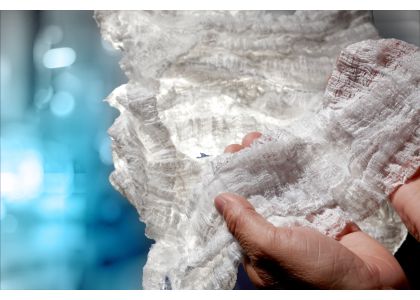
Cellulose acetate is a synthetic chemical formed by the acetylation of the plant material cellulose. Cellulose acetate is a nontoxic, nonirritant, and biodegradable cellulose derivative that is created primarily by the action of acetic acid, acetic anhydride, and sulfuric acid on cellulose and is used to make textile fibers, packaging sheets, photographic films, and varnishes.
The main types of cellulose acetate are fiber and plastic. Cellulose acetate fibers are produced by treating purified cellulose (linters or wood pulp) with acetic acid and acetic anhydride and are used for making textiles and substrates for motion picture camera film. It is also available by product, such as cellulose acetate filament, cellulose ester plastics, cellulose acetate tow, cellulose acetate flakes, and other products. It is used in various applications such as cigarette filters, textiles and apparel, photographic films, tapes and labels, and others.
The global cellulose acetate market size grew from $4.76 billion in 2022 to $5.11 billion in 2023, at a compound annual growth rate (CAGR) of 7.3%. The Russia-Ukraine war disrupted the chances of global economic recovery from the COVID-19 pandemic, at least in the short term. The war between these two countries has led to economic sanctions on multiple countries, a surge in commodity prices, and supply chain disruptions, causing inflation across goods and services and affecting many markets across the globe. The cellulose acetate market size is expected to grow to $6.47 billion in 2027 at a CAGR of 6.1%.